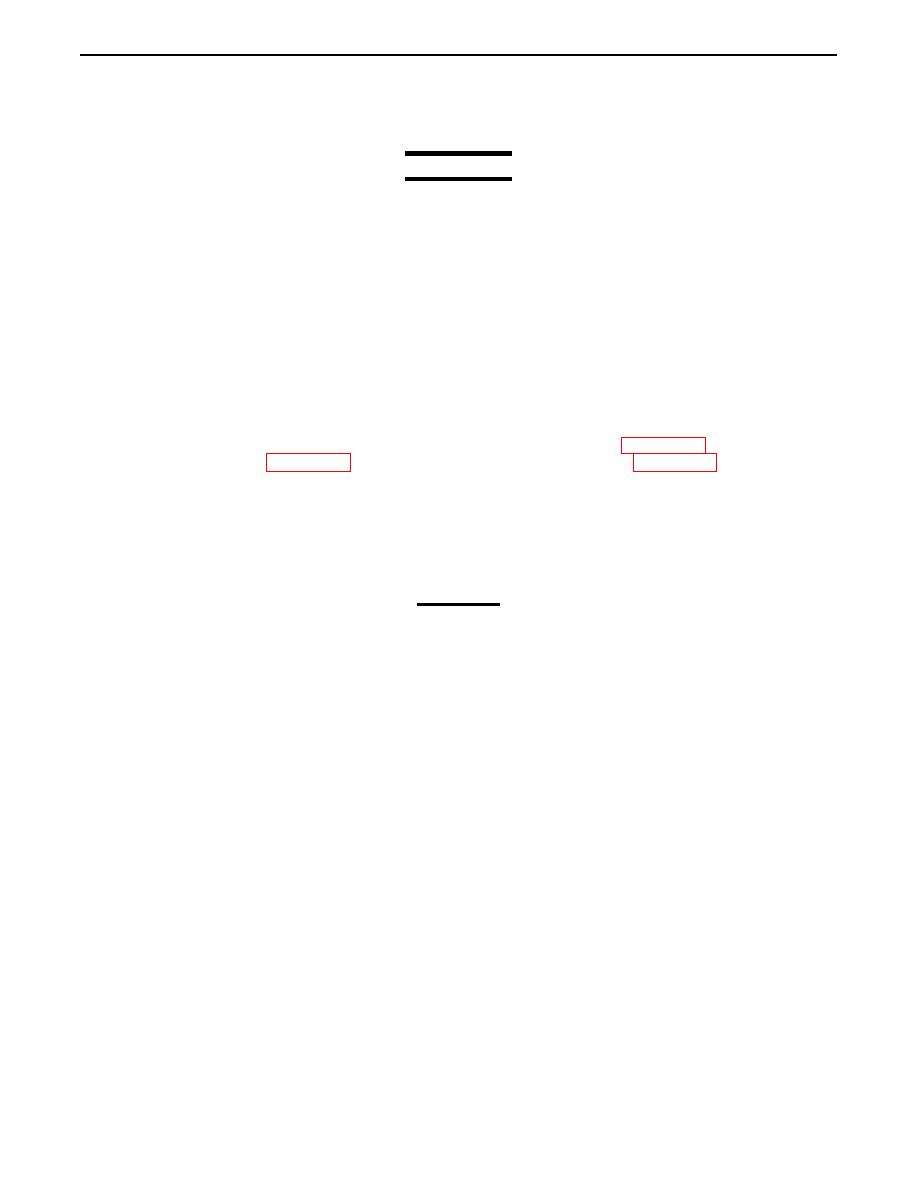
TM 9-4520-271-14
0013 00
CLEANING
WARNING
DO NOT use diesel fuel, gasoline, or benzene (benzol) for cleaning.
DO NOT SMOKE when using cleaning solvents. NEVER USE CLEANING SOLVENTS NEAR AN
OPEN FLAME. Be sure a fire extinguisher is available. Use cleaning solvents only in well-ventilated
areas. The flash point of cleaning solvent is 138F (60C).
USE CARE when using cleaning solvents. Cleaning solvents evaporate quickly and can irritate exposed
skin if solvents contact skin. In cold weather, contact of exposed skin with cleaning solvents can cause
Cleaning compound solvent vapors are toxic. Avoid prolonged or repeated breathing of vapors or solvent
contact with skin. Use only with adequate ventilation. Solvent is flammable and should not be used near
open flame. Be sure a fire extinguisher is available.
Clean grease, rust, or fuel buildup or rusty places. Use cleaning compound solvent (item 3, WP 0061 00), then apply a thin
coat of lubricating oil (item 12, WP 0061 00) to affected area, and use wiping rags (item 14, WP 0061 00).
LEAKAGE DEFINITIONS
It is necessary for you to know how fluid leakage affects the status of the ASH. Following are types/classes of leakage that
you need to know to be able to determine the status of the ASH. Learn these leakage definitions and remember when in
doubt, notify your supervisor.
CAUTION
Equipment operation is allowed with minor leakages (Class I or II). Consideration must be given to fluid
capacity in the item/system being checked/inspected. When in doubt, notify your supervisor.
When operating with Class I or II leaks, continue to check fluid levels as required in the PMCS.
Class III leaks should be reported immediately to your supervisor.
CLASS I Seepage of fluid (as indicated by wetness or discoloration) not great enough to form drops.
CLASS II Leakage of fluid great enough to form drops but not enough to cause drops to drip from item being
checked/inspected.
CLASS III Leakage of fluid great enough to form drops that fall from item being checked/inspected.
END OF WORK PACKAGE
0013 00-3/4 blank

